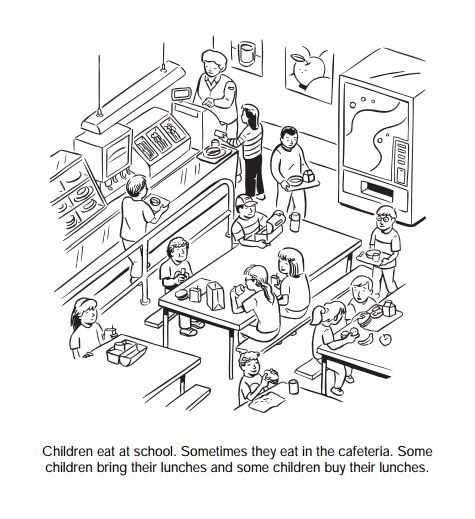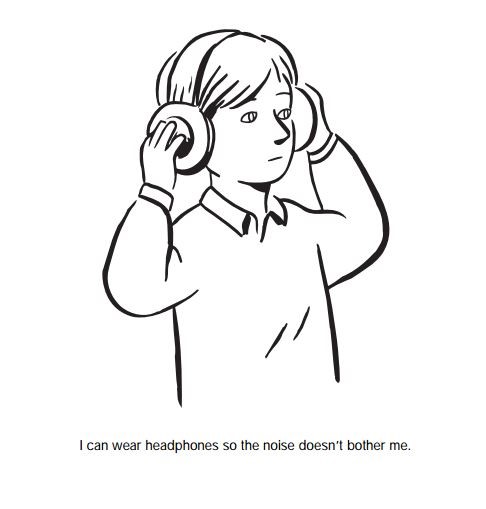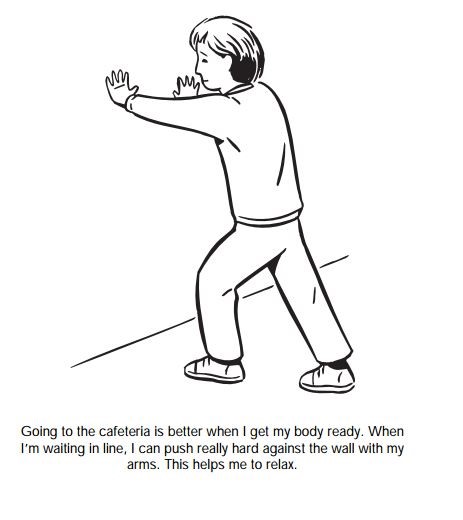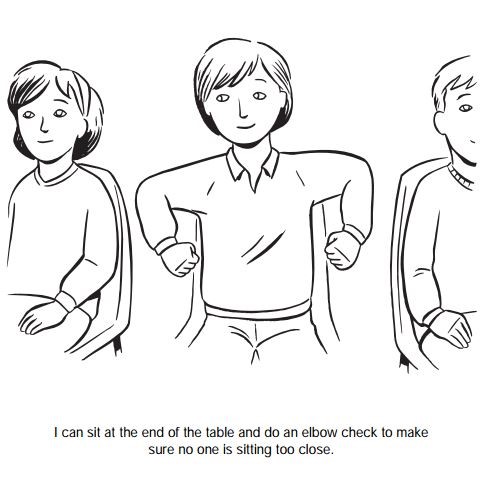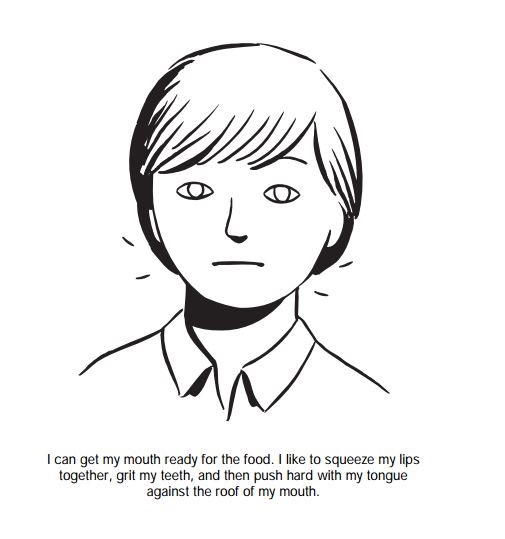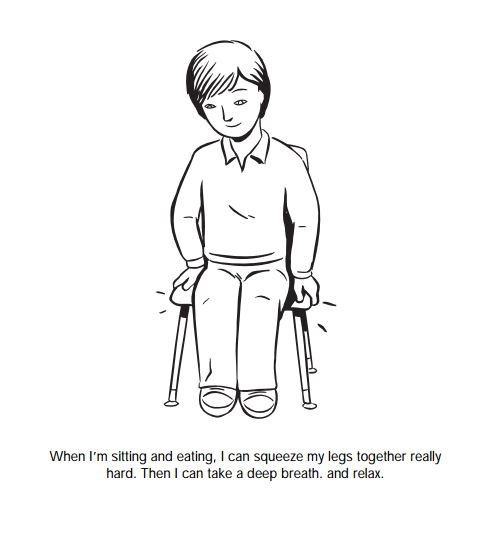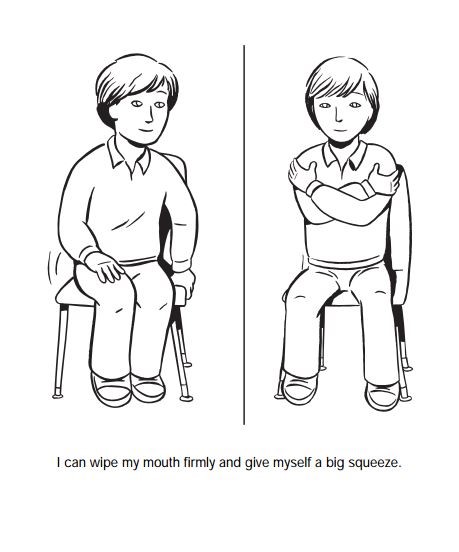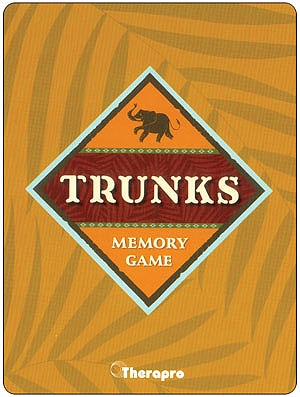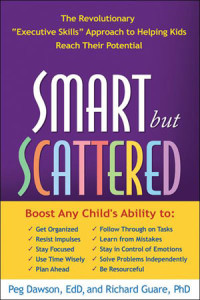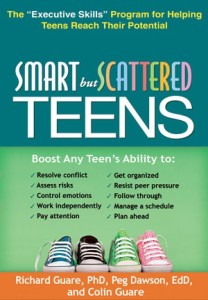Like Social Stories, sensory stories are short descriptions of a situation which include specific information about what to expect in that situation and strategies on how to handle the situation.
A sensory story is a method to allow children with sensory modulation issues – sensory integration disorder, sensory integration dysfunction – to cope with everyday experiences. They are in a format that allows children with autism to employ calming strategies throughout the course of specific daily activities like combing hair, going to the dentist and many common school or social activities. These stories are designed to help children navigate daily activities by providing structured, multisensory narratives that prepare them for various situations. When read on a regular basis, Sensory Stories enable children to engage in life.
Our Sensory Stories can help in many different situations including:
- Home – to help develop self-care skills (bathing, dressing, showering, bedtime, meal time)
- School – social skills and academic skills (assemblies, cafeteria, circle time, desk time, recess, moving in the school, PE class)
- Community – to help understand how others might behave in a particular situation (going to restaurant, store, parties, getting a haircut)
To create more stories get our Sensory Stories CD.
Here’s an example story below.
Eating Lunch in the Cafeteria
